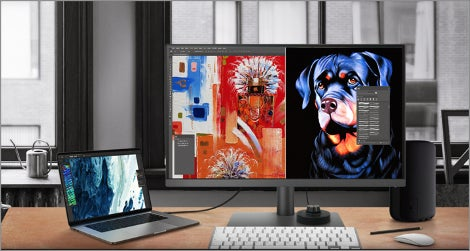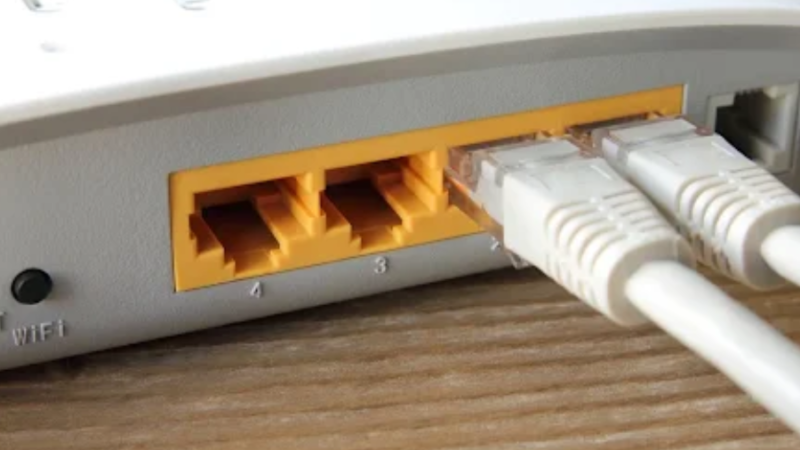In the world of image and video editing, color accuracy is of paramount importance. The subtle differences in color hues, tones, and contrasts can significantly impact the final outcome of your creative work. While high-quality laptops boast impressive displays, out of the box, they might not provide the color accuracy needed for professional-level editing tasks. This is where the process of calibrating laptop LCD colors comes into play.
Understanding Color Calibration: A Necessity for Creatives
Color calibration is the process of adjusting and fine-tuning the colors displayed on a screen to match a standardized color profile. This ensures that the colors you see on your laptop’s screen are consistent and accurate, allowing you to make informed decisions during the editing process. For graphic designers, photographers, videographers, and other creatives, accurate color representation is vital to achieving the desired results in their work.
Why Do Laptop Displays Need Calibration?
Laptop displays are manufactured to cater to a broad range of users and use cases. Consequently, their default color settings might not align with the specific requirements of professionals who demand precise color accuracy. Factors such as manufacturing variations, backlight intensity, and software settings can all contribute to color discrepancies. Moreover, the ambient lighting conditions in which laptops are used can also impact how colors appear on the screen.
Benefits of Calibrating Laptop LCD Colors
Consistency: With color calibration, you can ensure that the colors you see on your laptop are consistent across different devices and displays. This consistency is crucial when your work is meant to be viewed on various screens.
Accuracy: Calibrating your laptop’s display allows you to accurately evaluate and adjust colors during the editing process. This accuracy translates to better results in your final work, whether it’s a photograph, video, or design project.
Enhanced Collaboration: When working with a team, color calibration ensures that everyone is viewing the same colors. This eliminates misunderstandings and ensures that collaborative efforts are aligned with the intended visual outcome.
Professionalism: For those working in creative industries, presenting accurate colors in your portfolio or to clients enhances your professional reputation. It showcases your attention to detail and dedication to delivering the best quality work.
The Calibration Process: Steps to Follow
Hardware Calibration Device: To calibrate your laptop’s display, you’ll need a hardware calibration device. These devices measure the color output of your screen and create a custom color profile to correct any inaccuracies.
Software: Install the calibration software provided with the hardware device. This software will guide you through the calibration process step by step.
Adjust Settings: During the calibration process, you’ll be prompted to adjust various settings on your laptop, such as brightness, contrast, and color temperature. Follow the instructions carefully to achieve optimal results.
Profile Creation: The calibration software will generate a custom color profile for your laptop’s display. This profile ensures that the colors displayed are accurate and consistent.
Regular Check-ups: Over time, the performance of your laptop’s display might change. It’s recommended to recalibrate your display periodically to maintain color accuracy.
In the realm of image and video editing, the accuracy of colors displayed on your laptop’s screen is a critical factor in achieving high-quality results. Calibrating your laptop LCD colors is a proactive step toward ensuring that the colors you see on-screen align with your creative intentions. With the right hardware calibration device and software, the process becomes straightforward, and the benefits in terms of consistency, accuracy, and professionalism are undeniable. By investing the time and effort into calibrating your laptop’s display, you empower yourself to produce visually stunning and precisely accurate creative work.







Recent Comments